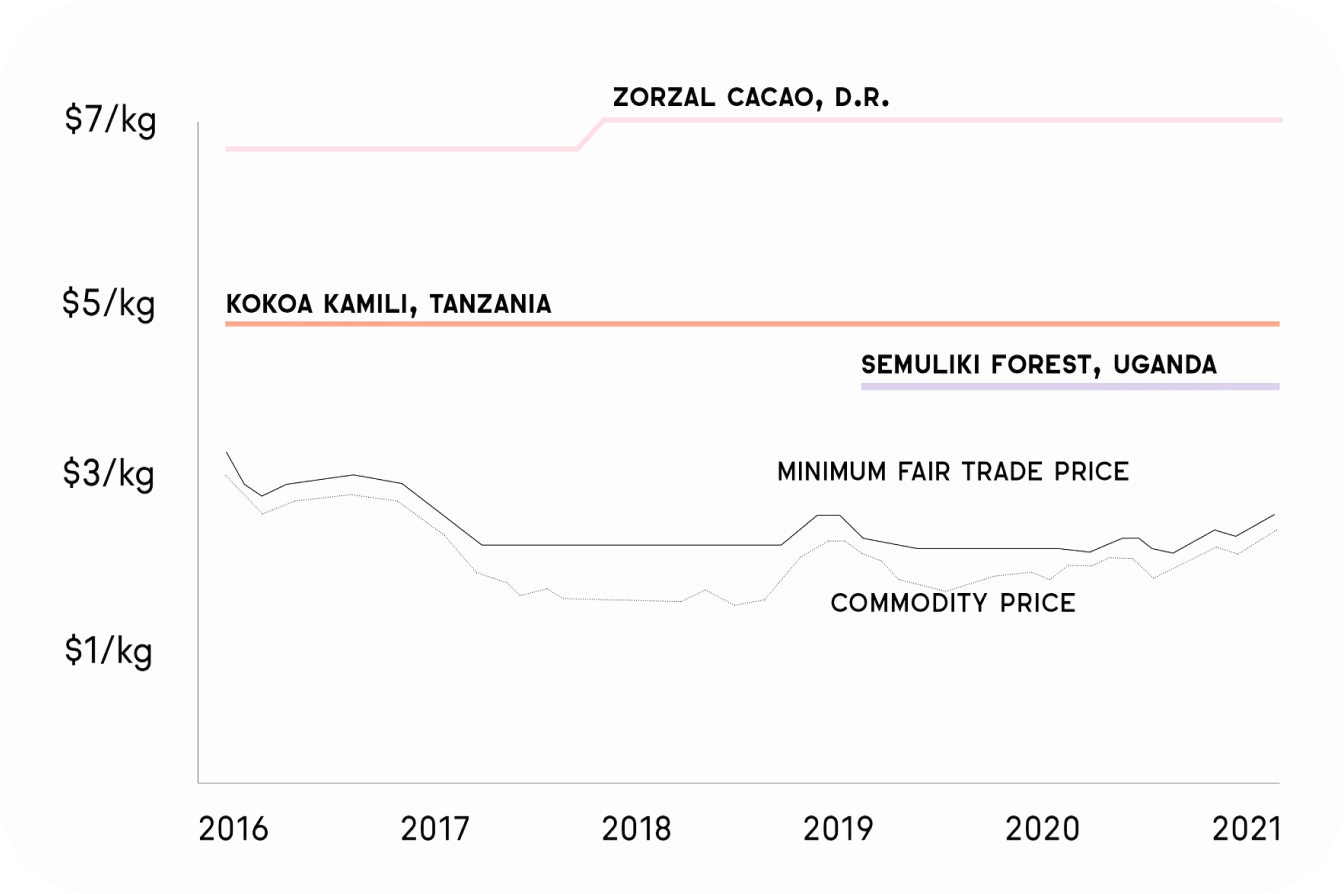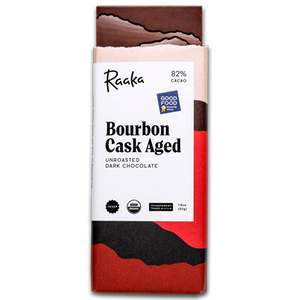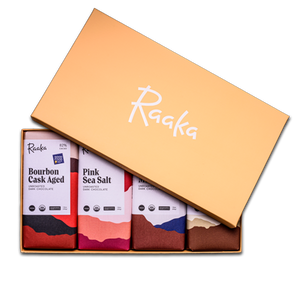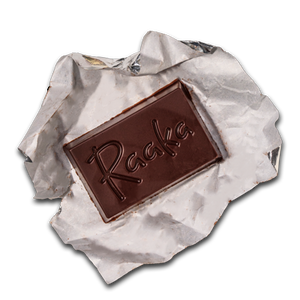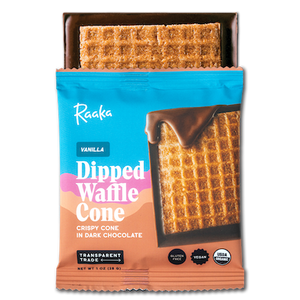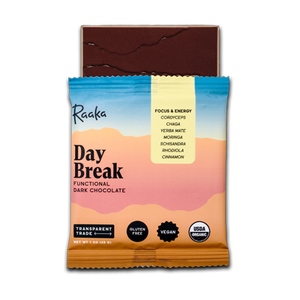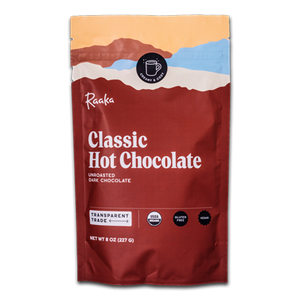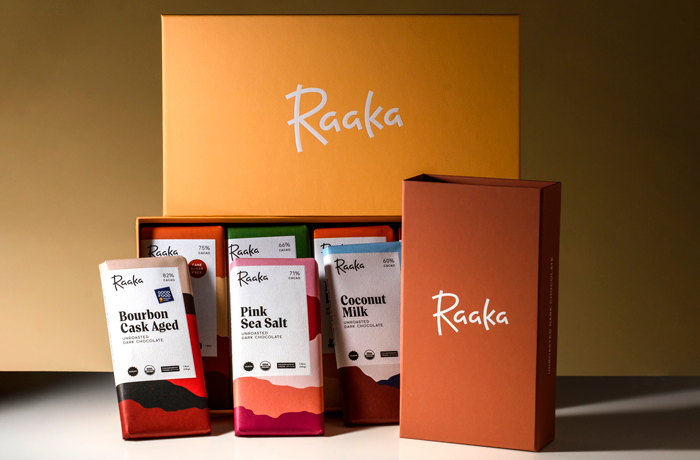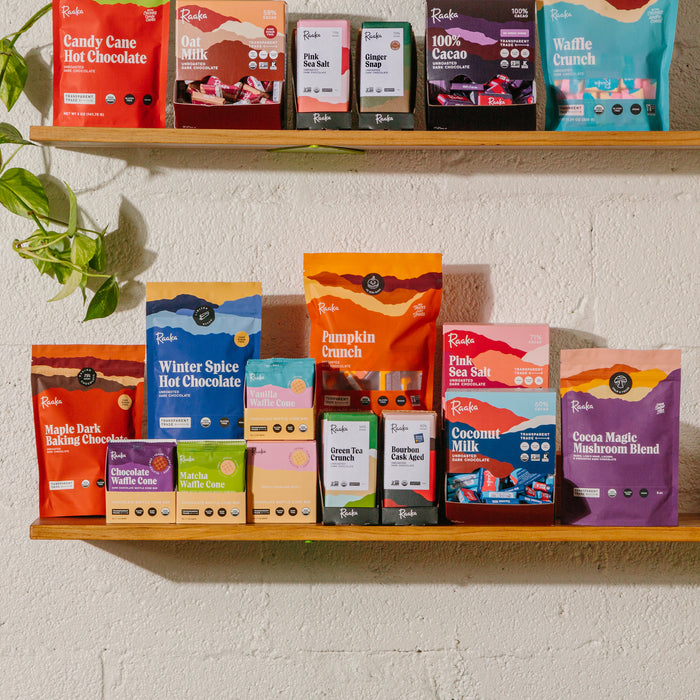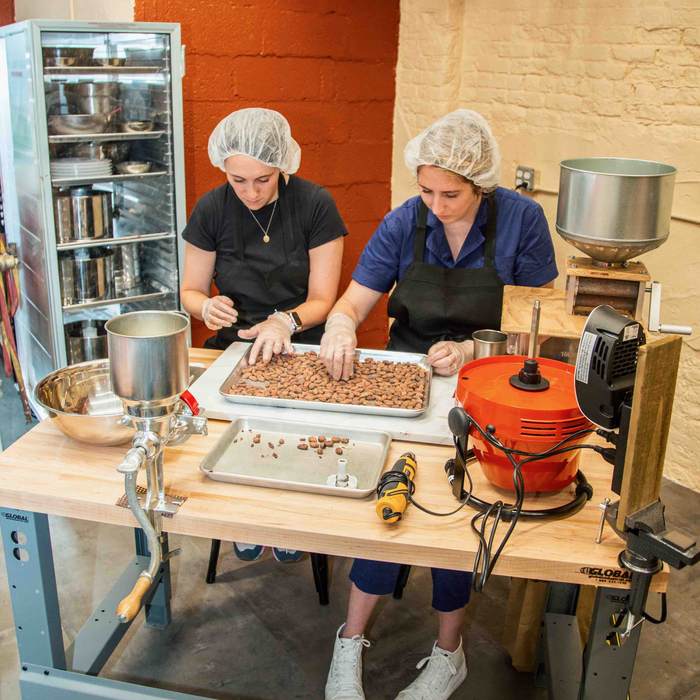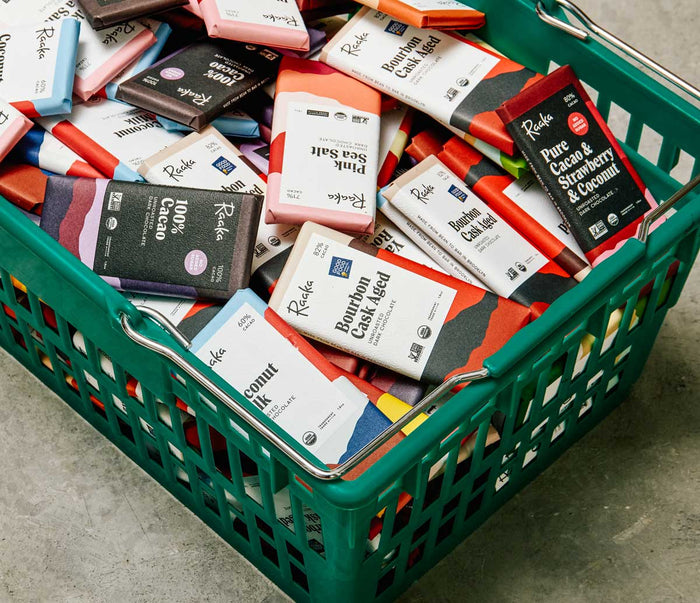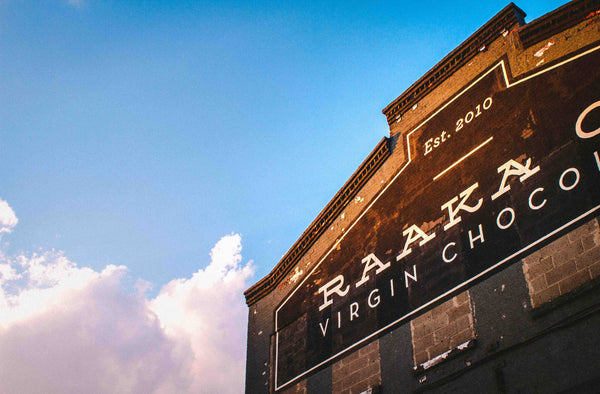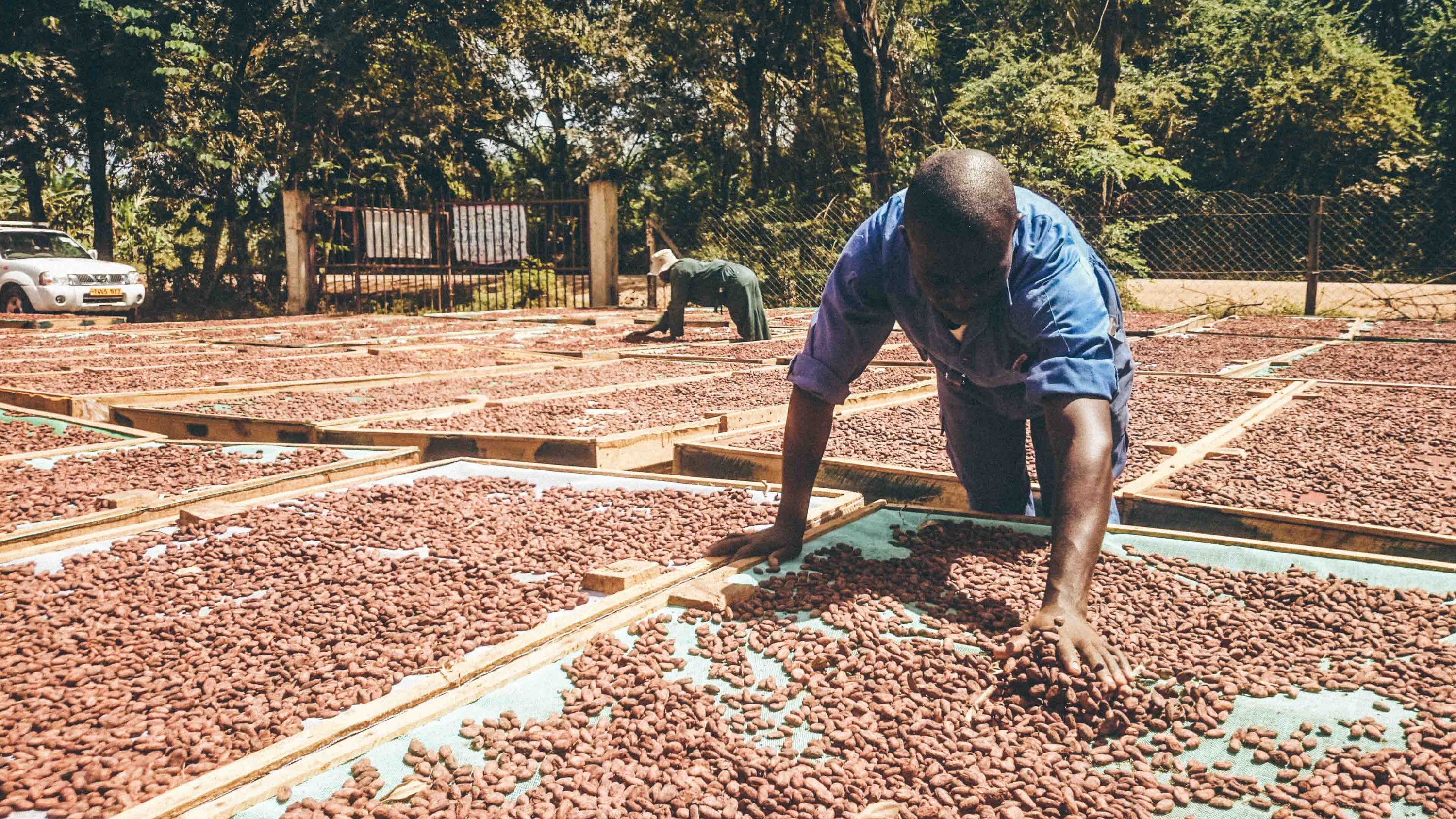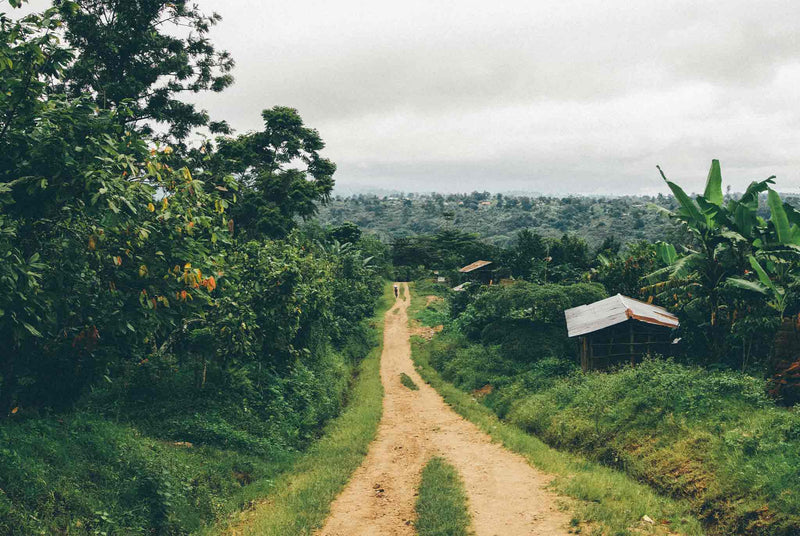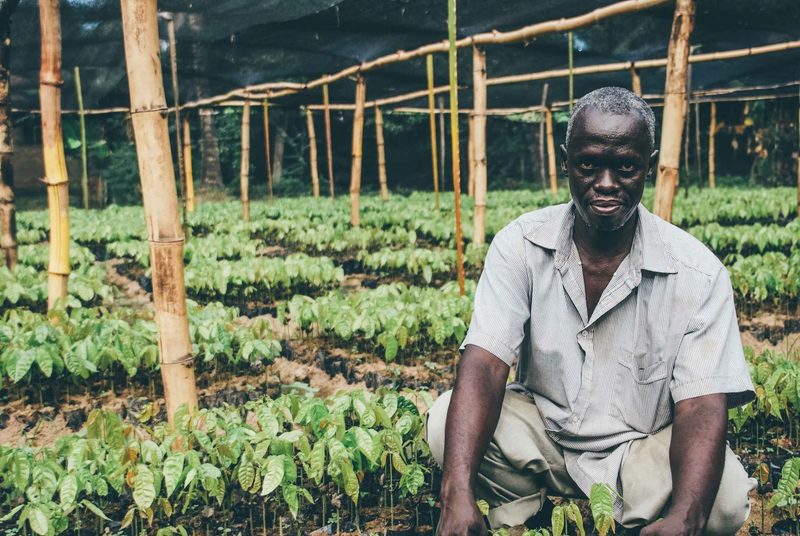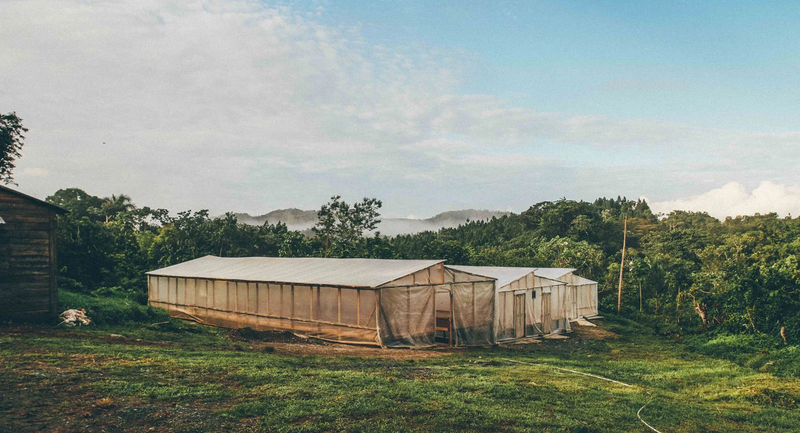Transparent Trade
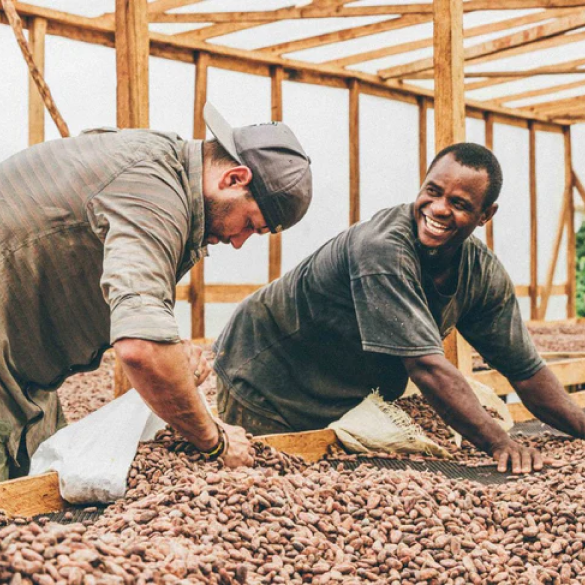
Asking Ourselves the Challenging Questions
Inside every Raaka bar we publish a report detailing our sourcing model. We call this model “Transparent Trade.” Each report shows the details of how we purchase cacao, who we buy it from, what we paid for it, and how that compares to the commodity market and fair trade prices.
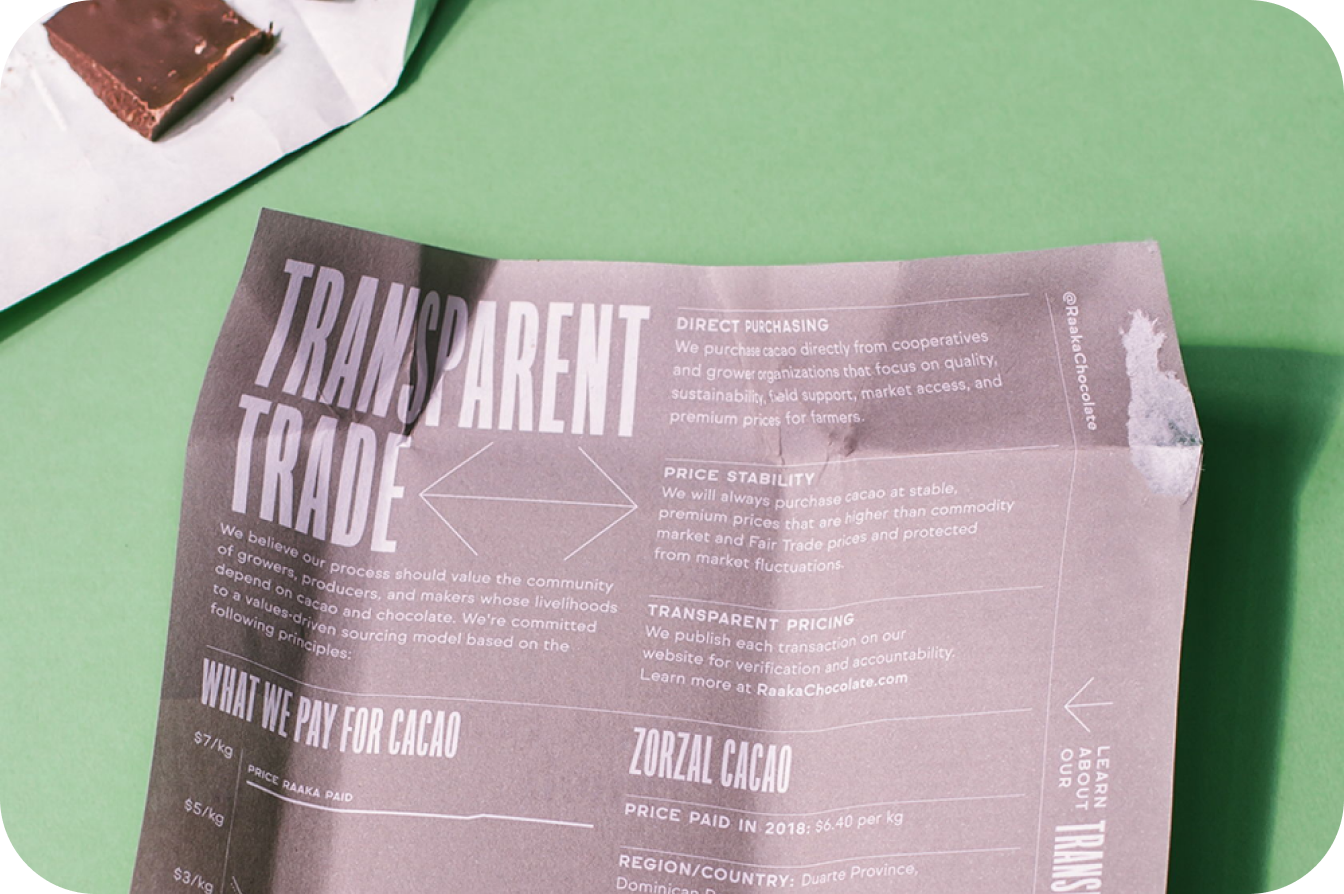
As makers, our role is twofold: to work with cooperatives and grower-centered organizations that focus on cacao quality and pay higher prices to farmers for that quality; and second, to educate customers in a manner that is honest and forthright.
As eaters, our role is to ask ourselves challenging questions about consumption and fairness. This is what Transparent Trade is all about.
Transparent pricing

Direct Purchasing

Price Stability
We started Raaka because we knew there was a better way to make chocolate: from scratch. We use traceable, high quality, single-origin, transparently sourced cacao to craft uncommonly delicious chocolate.
We believe the chocolate making process should value the community of growers, producers, and makers whose livelihoods depend on cacao. It takes an entire village of individuals stretching across cultures and continents to make every delicious bar. As chocolate makers, we are at the end of this supply chain closest to the customer. This allows us to tell some of the stories behind each bar we make.
Some of these stories are told through flavor: where the cacao came from, the conditions in which it was grown, and how it was processed into chocolate are all expressed through taste. But some of these stories aren’t fully expressed through flavor: the stories of the growers, the workers, the exporters, and the makers. It’s up to us to make sure our customers have access to those stories, too. This is what Transparent Trade is all about.
What we Pay for Cacao
